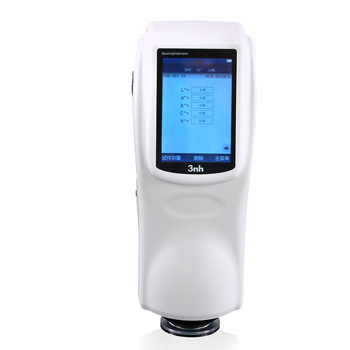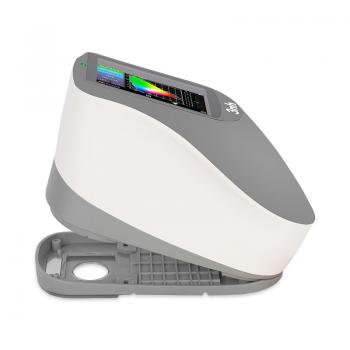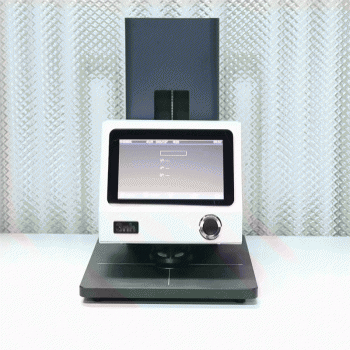Crop Color Monitoring
Crop color monitoring is an important tool in agriculture for assessing crop health and maturity, as color is an early indicator of crop health, maturity, and market quality . Color changes may indicate a plant's nutritional status, pest infestation, or environmental stress. Through color monitoring, farmers and agricultural producers can take timely measures to optimize planting management and ensure high yield and quality crops.
The following are the more commonly used applications:
Fruit maturity assessment : Detect color changes in fruits and vegetables to determine the optimal harvest time.
Pest and disease monitoring : Identify early signs of pests and diseases through color changes and take preventive measures.
Quality grading : Grading agricultural products based on color consistency to enhance market value.
By using color measurement equipment such as 3nh spectrophotometers and drone hyperspectral imaging systems , farmers and agricultural researchers can accurately monitor crop color changes, enabling timely agricultural management decisions. These devices provide real-time data on crop health, helping to optimize harvest time and increase yields while ensuring that agricultural products meet market quality standards. Through precise crop color monitoring, agricultural producers can improve crop yield and quality, enhance market competitiveness, and ensure sustainable agricultural development.








 0086 18165740359
0086 18165740359 387 Hits
387 Hits
 2024-08-30
2024-08-30



 Skype Online
Skype Online